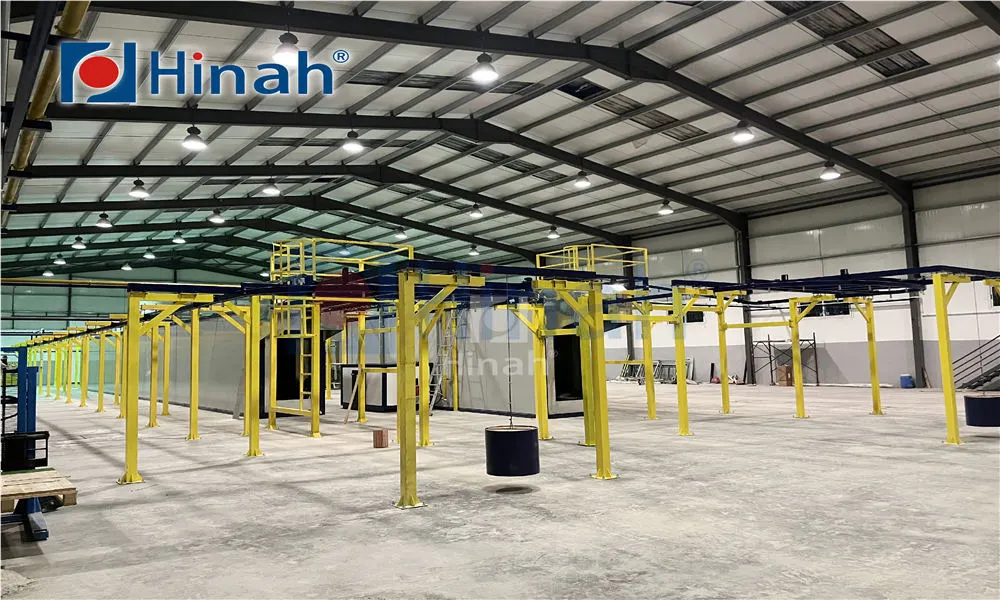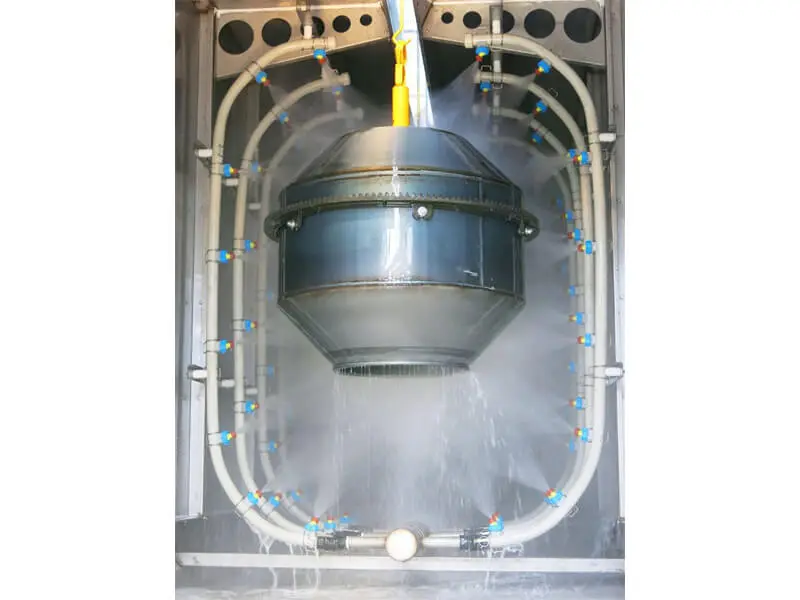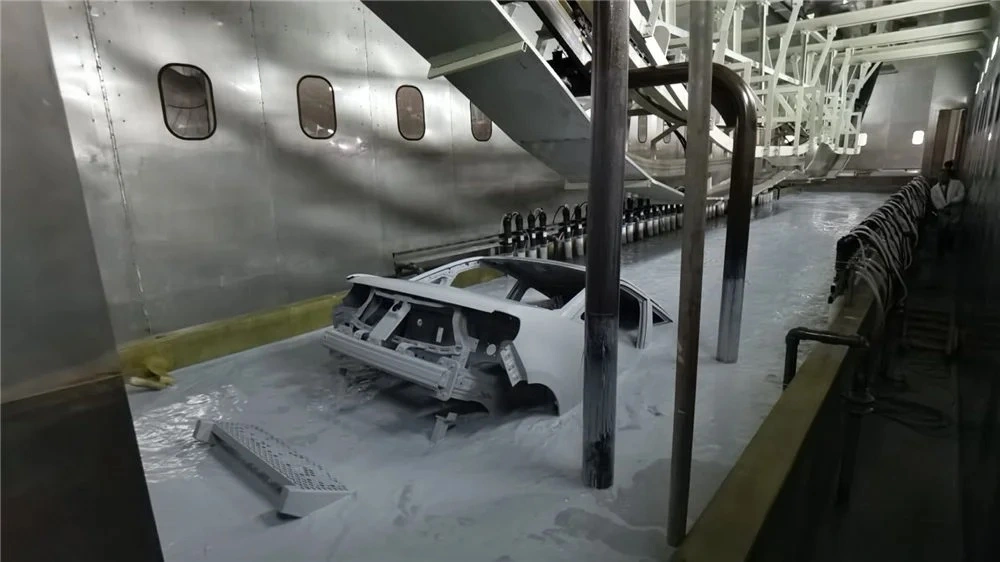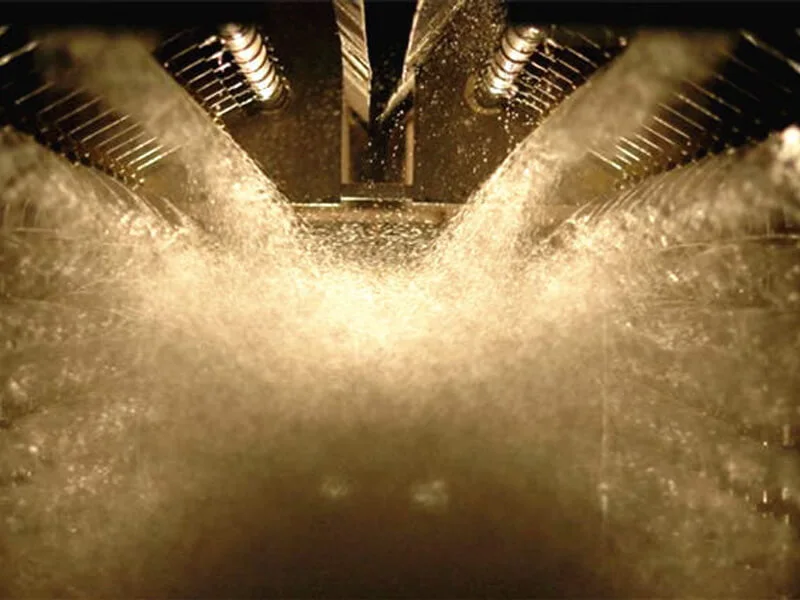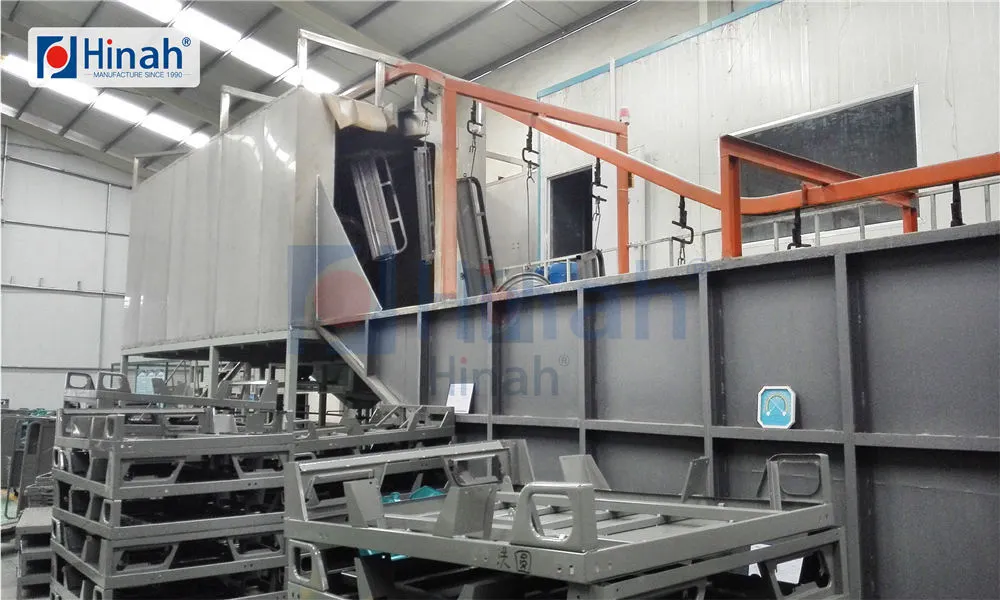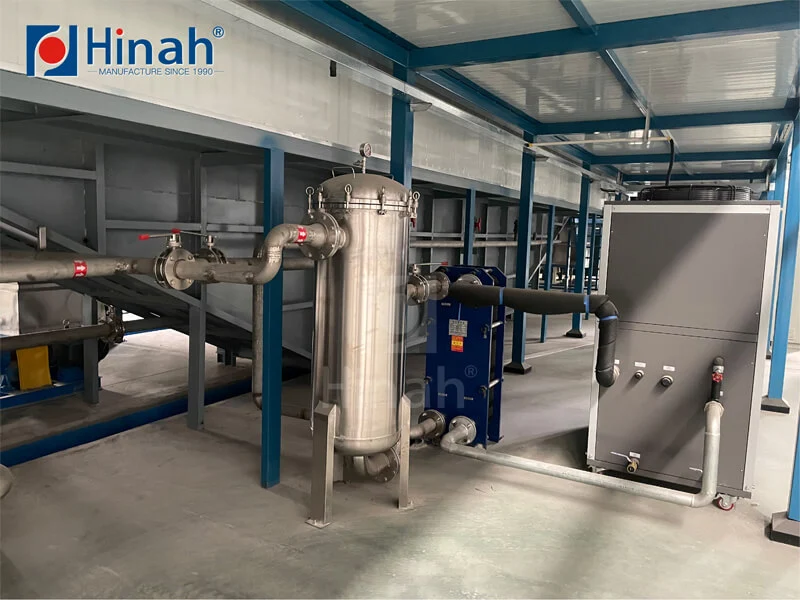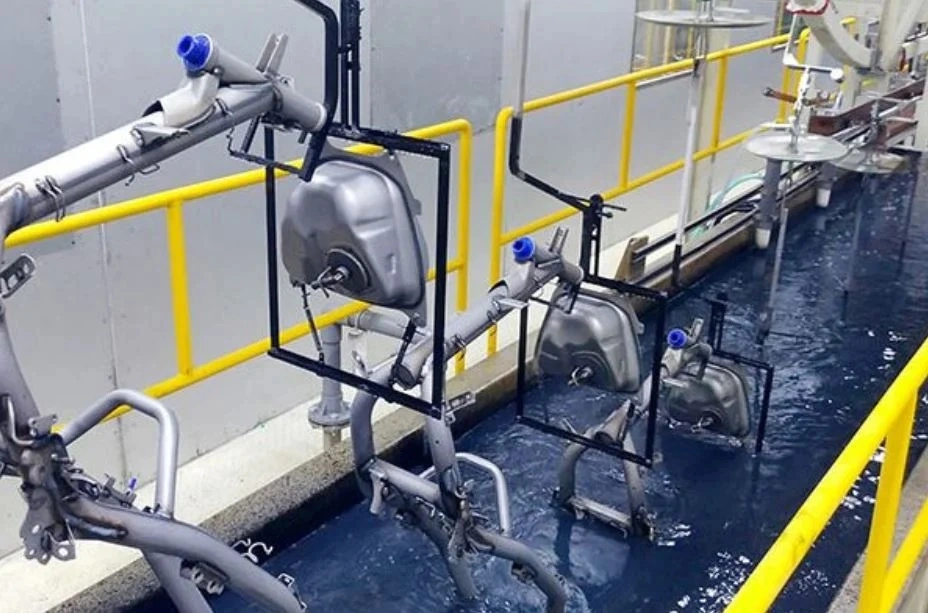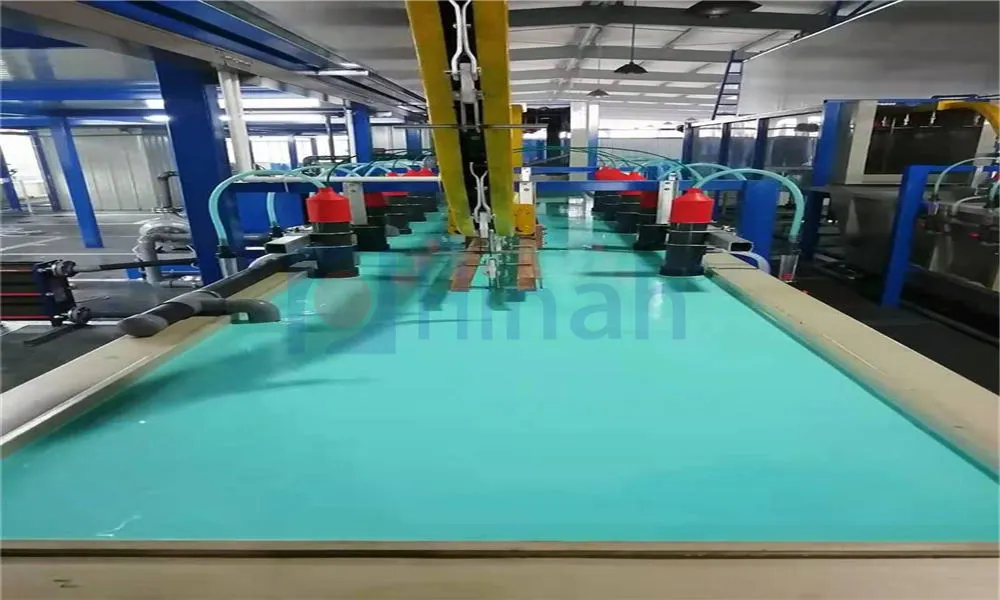The manufacturing world is undergoing a radical transformation, driven by automation and robotics. In the realm of surface finishing, powder coating robots have emerged as a game-changing technology, revolutionizing how products from automotive parts to household appliances receive a durable, high-quality finish. For companies seeking a competitive edge, investing in a powder coating robot is no longer a luxury but a strategic necessity. This comprehensive guide delves into the world of automated powder coating, exploring the technology, its benefits, key considerations when looking for powder coating robots for sale, and the essential powder coating equipment needed to build a complete, efficient system. Whether you're a high-volume OEM or a growing job shop, understanding this technology is crucial for improving quality, reducing waste, and boosting profitability.
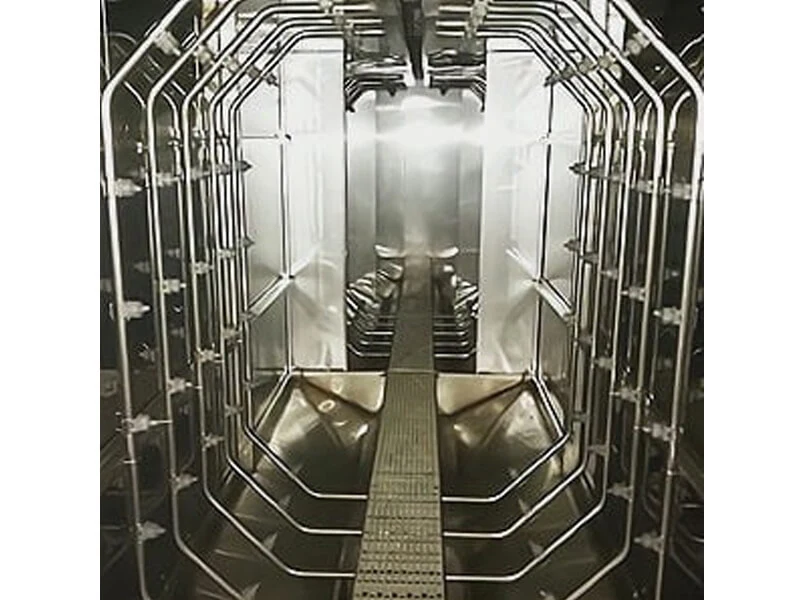
What Are Powder Coating Robots?
A powder coating robot is an industrial robotic arm, typically with six axes of movement, that is specifically engineered to automate the application of powdered paint onto a substrate. Unlike a simple automated machine, these robots are incredibly flexible, programmable, and capable of mimicking the complex movements of a human operator—but with far greater precision, consistency, and endurance.
The core of the system is the robot arm itself, which is mounted either on a fixed base, a linear track (for covering longer part lengths), or even overhead. It is equipped with a specialized end-effector: an electrostatic powder coating gun. This gun charges the powder particles as they are sprayed, creating an attractive force that pulls the powder onto the grounded part. The robot's controller executes a pre-programmed path, ensuring every inch of the part, even complex geometries with nooks and crannies, receives a uniform coating thickness. This level of control is exceptionally difficult to achieve manually and is a primary reason manufacturers turn to powder coating robots.
Key Components of a Robotic Powder Coating System
When considering powder coating robots for sale, it's vital to understand that the robot arm is just one part of a complete system. A fully integrated robotic cell consists of several pieces of critical powder coating equipment:
Industrial Robot Arm: The multi-axis manipulator (e.g., 6-axis articulated arm) that provides the movement. Brands like Fanuc, Yaskawa, ABB, and KUKA are common in this space, often integrated by system specialists.
Robotic Powder Gun: The application tool attached to the robot's wrist. Leading brands include Wagner, Gema, ITW, and Nordson. These guns are designed for precise electrostatic application and integration with robotic controls.
Powder Feed System: This includes the pump, hopper, and hoses that reliably deliver powder from the storage container to the gun. Modern systems often feature vibratory sieves or fluidized hoppers to ensure a consistent, clump-free powder supply.
Controller: The robot's "brain," which stores the application paths and programs and synchronizes the robot's movement with the gun's triggering and voltage.
Software: Offline programming (OLP) software is increasingly important. It allows engineers to program, simulate, and optimize the robot's path in a virtual 3D environment, drastically reducing costly downtime for teach-in.
Safety Enclosure: A necessary perimeter, often with interlocked gates, to protect workers from moving machinery and airborne powder.
Spray Booth: The enclosed area where spraying occurs, designed to contain overspray and with a recovery system to collect and often recycle unused powder.
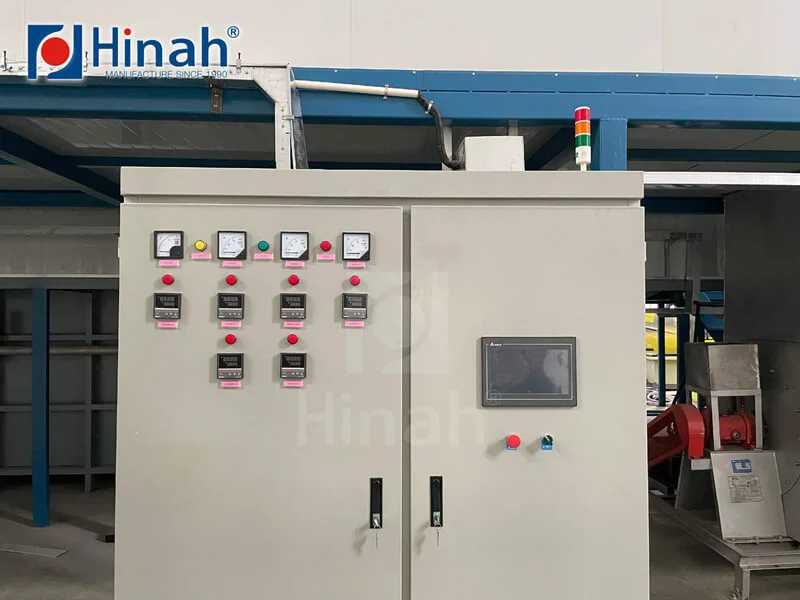
Advantages of Investing in Powder Coating Robots
The shift from manual to automated powder coating offers a compelling return on investment through numerous tangible benefits:
Unmatched Consistency and Quality: A powder coating robot replicates the exact same movement, speed, and gun angle on every cycle. This eliminates human variability, ensuring a uniform film thickness across every part, batch after batch. This reduces defects like orange peel and runs and minimizes the need for rework.
Dramatic Material Savings: Human operators inevitably generate overspray. Robots optimize transfer efficiency by applying powder only where it's needed and at the optimal parameters. Coupled with powder recovery systems, this can reduce powder consumption by 30% or more, directly impacting material costs.
Increased Production Throughput: Robots do not tire, take breaks, or require shift changes. They can operate 24/7, significantly increasing output. Their high speed and precision further accelerate the cycle time, allowing a single robot to do the work of multiple manual stations.
Reduced Labor Costs and Dependence: Automating a repetitive and skilled-labor-intensive task frees up operators for higher-value tasks like racking, quality inspection, and maintenance. It also mitigates the challenge of finding and retaining skilled sprayers.
Improved Worker Safety and Health: Powder coating robots remove human operators from direct exposure to the spray environment, minimizing inhalation risks and potential ergonomic issues associated with repetitive spraying motions.
Ability to Coat Complex Geometries: Advanced programming allows a powder coating robot to perfectly maneuver around intricate parts, ensuring complete coverage on edges, recesses, and inner surfaces that are difficult for a person to reach consistently.
Common Applications for Powder Coating Robots
The versatility of powder coating robots means they are deployed across a vast range of industries:
Automotive: A pioneer in adoption, used for coating wheels, chassis components, bumpers, and engine blocks.
Agriculture and Construction Equipment: Ideal for coating large, durable parts like tractor frames, digging buckets, and heavy-duty enclosures.
Appliances: Provides the consistent, aesthetically perfect finish required on washing machines, oven cabinets, refrigerators, and dryer drums.
Furniture: Used for coating metal office furniture, shelving, and outdoor fixtures.
Architectural and Building Products: For windows, doors, aluminum extrusions, and fencing.
General Industrial: A solution for any manufacturer requiring durable, high-quality finishes on metal products in medium to high volumes.
Key Considerations When Looking for Powder Coating Robots for Sale
Purchasing a powder coating robot is a significant investment. Here are the critical factors to evaluate:
Part Size and Complexity: The dimensions and geometry of your products will dictate the required robot reach (size of the arm) and the number of axes needed. Complex parts may require a 6-axis robot or a robot mounted on a linear track.
Production Volume and Line Speed: Your required cycles per hour will influence the choice of robot model, the need for a track, and the speed of the ancillary powder coating equipment.
Integration: Will the robot need to integrate with existing conveyor systems, ovens, or other factory automation? This is a crucial question for your system integrator.
Powder Type and Color Change Requirements: If you run frequent color changes, the entire system—including the robot gun, hoses, and feed system—must be designed for rapid purge times to minimize downtime and material waste.
Budget: The cost of powder coating robots for sale varies widely based on brand, reach, payload, and the complexity of the overall system. Remember to factor in integration, programming, and installation costs, not just the price of the hardware.
The System Integrator: Perhaps the most important choice. A qualified integrator will help you select the right powder coating equipment, design the cell, program the robot, and provide crucial training and support.
Frequently Asked Questions (FAQs) About Powder Coating Robots
Q1: How much do powder coating robots for sale typically cost?
A: The cost can range significantly from approximately $50,000 for a basic retrofitted system to well over $250,000 for a large, fully integrated cell with advanced features like automatic color change and sophisticated safety systems. The best approach is to get quotes from several experienced system integrators based on your specific application requirements.
Q2: Can a robot handle all of our different part shapes?
A: Yes, this is one of their greatest strengths. The program for each part is saved in the controller. When a new part comes down the line, the operator simply calls up the corresponding program, and the powder coating robot will automatically adjust its path. Offline programming software makes creating and managing these hundreds of paths much easier.
Q3: What about maintenance? Is it complicated?
A: Robotic powder coating equipment is designed for industrial endurance but does require regular preventive maintenance. This typically involves cleaning the gun, replacing consumable parts like nozzles, checking hoses for wear, and lubricating the robot arm as per the manufacturer's schedule. Most integrators offer maintenance contracts.
Q4: How long does it take to see a return on investment (ROI)?
A: ROI depends on factors like labor costs, material savings, and increased throughput. Many operations see a payback period of 12 to 24 months due to the dramatic reduction in powder waste and increase in production capacity. A detailed ROI analysis from your integrator will project this for your specific scenario.
Q5: Do we still need skilled operators if we have a robot?
A: The role of the operator changes. Instead of manual spraying, the skilled employee becomes a cell supervisor, responsible for loading/unloading, programming, troubleshooting, and performing preventive maintenance on the powder coating equipment. This is a more valuable and less strenuous role.
Q6: Is it difficult to program a powder coating robot?
A: Traditional teach pendant programming requires skill and time. However, modern offline programming (OLP) software has revolutionized the process. Engineers can create, test, and optimize spray paths on a digital twin of the robot and part in a virtual environment, minimizing production downtime.
The decision to automate your powder coating process is a strategic one. While the initial investment is substantial, the long-term benefits in quality, efficiency, and cost savings are undeniable. Powder coating robots deliver a level of consistency and material efficiency that is simply unattainable through manual methods, providing a clear competitive advantage.
If you produce medium to high volumes of parts, struggle with finding skilled labor, face high material costs, or need impeccable quality standards, then exploring powder coating robots for sale is a logical and profitable next step. Partner with a reputable system integrator who can analyze your needs, recommend the right powder coating equipment, and provide the support needed to ensure a successful integration that will drive your business forward for years to come.


